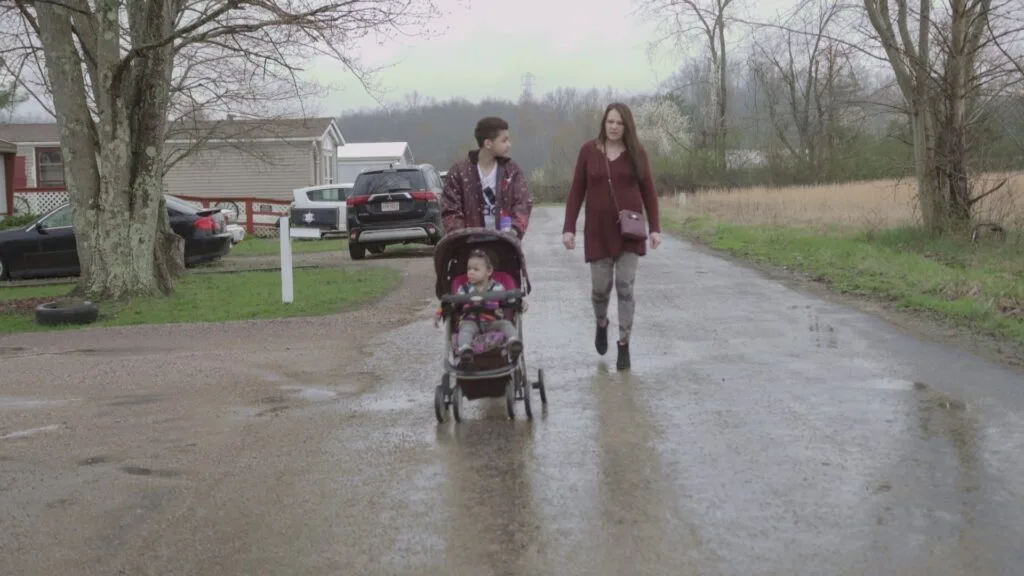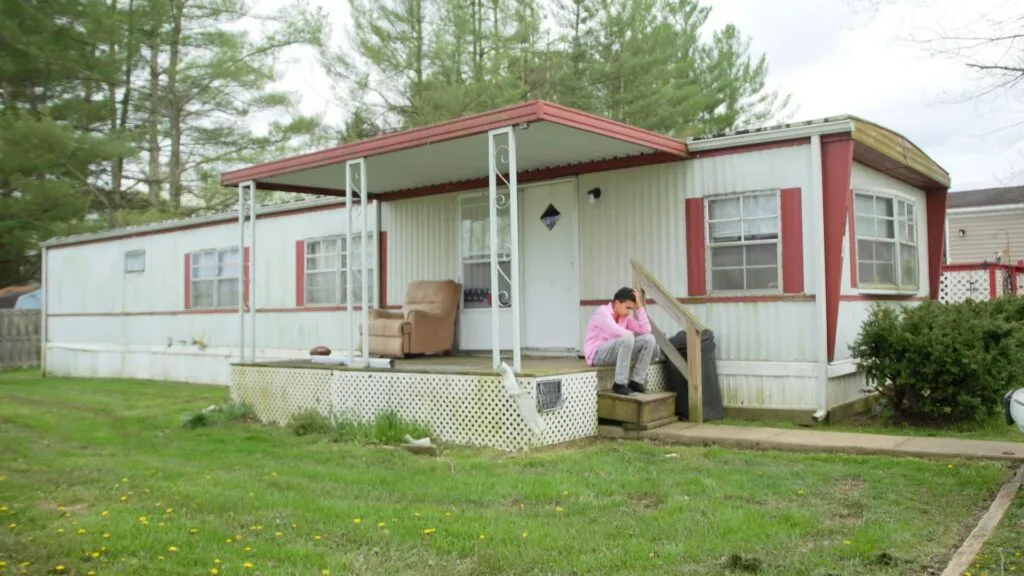Children in Poverty: By the Numbers

September 8, 2020
Share
The children in Growing Up Poor in America were already dealing with difficult family circumstances when the coronavirus began spreading across the United States.
Thirteen-year-old Shawn and his mom watched from their trailer home as Ohio’s governor described the threat in a March news conference: “We have not faced an enemy like we are facing today in 102 years… I don’t know any other way to describe it other than to say we are at war.”
By then, millions of families like Shawn’s were already battling poverty and struggling to make ends meet. The virus, which has exacerbated economic and racial inequities, would only add to the burden.
For Shawn, the new reality meant worrying about his mother catching the coronavirus while she worked. “If I had my choice, I probably wouldn’t want my mom working, because there’s still a chance of her getting sick…”
For Shawn’s mother, Crystal, it meant worrying about what would happen if the assistance she relied on to provide for her family dried up. “If we’re not allowed to work, then that means I can’t complete my hours, so maybe my assistance could get shut down.”
Data on COVID-19’s impact on poverty levels is not yet available. But here’s what we knew about poverty in America before the coronavirus hit.
$20,598
The U.S. Census Bureau uses a measure called the poverty threshold to calculate how many people in the country live in poverty. The threshold for a family changes based on the number of adults and the number of children under the age of 18. This figure — $20,598 — is the poverty threshold the Census Bureau calculated in 2019 for a family of three with two children under the age of 18.
11.8 percent
This was the official poverty rate in America in 2018, the most recent year for which Census Bureau statistics were available. The report noted that in 2018, “for the first time in 11 years, the official poverty rate was significantly lower than 2007,” the year before the Great Recession began. The number of people living in poverty in 2018 was 38.1 million — 1.4 million fewer than the previous year.
Since 2011, the Census Bureau has also published a Supplemental Poverty Measure, which takes into account medical and work expenses as well as housing subsidies and food assistance that are meant to help low-income families. In this measure, the poverty threshold also includes information about how much poor families spend on basic needs like shelter, utilities, clothing and food. In 2018, the supplemental poverty measure rate was 12.8 percent.
A report released in April by the Center on Poverty and Social Policy at Columbia University projected a rise in the supplemental poverty rate as a result of the COVID-19 pandemic. “If unemployment rates rise to 10 percent, comparable to the unemployment rate during the peak of the Great Recession, we project that poverty rates would rise to 15 percent,” the report noted. “If unemployment rates rise to 20 percent, we project a poverty rate of 16.9 percent—the highest rate of poverty since 1967, the first year for which reliable estimates of poverty are available.”
The unemployment rate climbed to a record high of 14.7 percent in April 2020. As of September 4, it had fallen to 8.4 percent.
11.9 million
This was the number of children under the age of 18 who were living in poverty in 2018, according to the Census Bureau’s official poverty measure. While they represented 22.6 percent of the total population, children made up one third — 31.1 percent — of those living in poverty. The poverty rate among children under the age of 18 was higher than any other age group in America.
39.1 percent
Nearly two in five children under the age of 18 who lived in households headed by single women experienced poverty, according to the Census Bureau. In fact, children with single mothers experienced poverty at a rate that was more than five times higher than children in families with married couples (7.6 percent). Among children under the age of six, nearly half (47.7 percent) of those with single mothers lived in poverty. In households headed by single men, 18.7 percent of children experienced poverty.
73 percent
Nearly 73 percent of children living in poverty are children of color. According to a recent report from the Children’s Defense Fund, nearly 1 in 3 Black and Native American/Alaska Native children were poor. For Hispanic children, it was 1 in 4. Among white children, 1 in 11 lived in poverty.
24 states
The poverty rate for children under the age of 18 was higher than the national average of 16.2 percent in 24 states. The rate was especially high in Arkansas (24.7 percent), Louisiana (26.2 percent), Mississippi (27.8 percent), New Mexico (26.3 percent) and West Virginia (24.5 percent). Ohio, where the children featured in Growing Up Poor in America live, had a rate of 19.5 percent.
1,508,265
The number of school-aged children who were reported to be homeless during the 2017-2018 year. The true number is likely higher, as this figure doesn’t include school-aged children who only experienced homelessness in the summer, or those who dropped out of school.

Related Documentaries
Latest Documentaries
Related Stories
Related Stories
Policies
Teacher Center
Funding for FRONTLINE is provided through the support of PBS viewers and by the Corporation for Public Broadcasting. Additional funding is provided by the Abrams Foundation; Park Foundation; the John D. and Catherine T. MacArthur Foundation; and the FRONTLINE Journalism Fund with major support from Jon and Jo Ann Hagler on behalf of the Jon L. Hagler Foundation, and additional support from Koo and Patricia Yuen. FRONTLINE is a registered trademark of WGBH Educational Foundation. Web Site Copyright ©1995-2025 WGBH Educational Foundation. PBS is a 501(c)(3) not-for-profit organization.



















